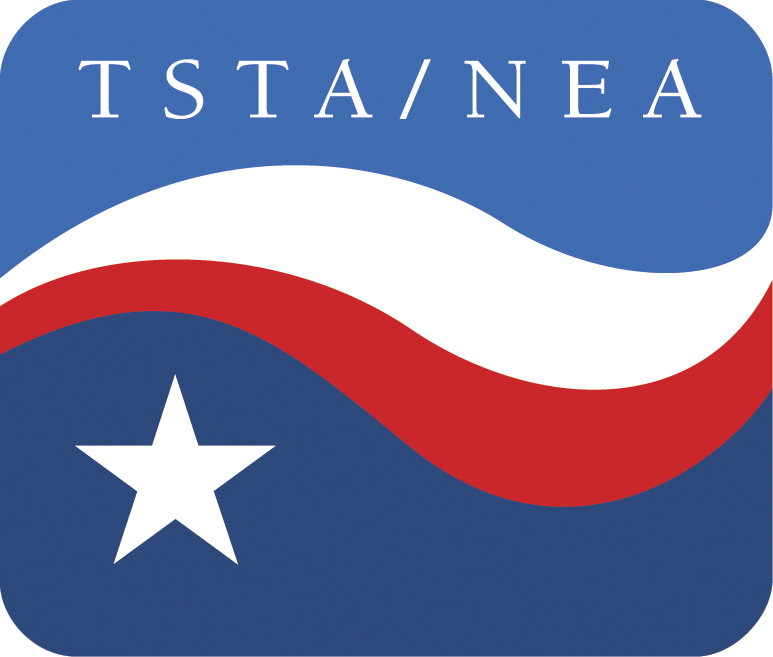Charter schools seeking more tax money
Despite evidence to the contrary, some people still subscribe to the perception that charter schools are the “silver bullet” solution for education, as the competition between charters and traditional public schools for limited state tax dollars remains intense.
In truth, some charters are good, others aren’t and still others have failed – for financial mismanagment and/or academic shortcomings.
After the Texas Legislature in 1995 created charters as an alternative to traditional public schools, some charter operators stepped forward and used the freedom they were granted from state regulations to offer innovative and successful programs for their students.
Other charter operators stepped forward to try to profit from the tax dollars that came with the students they enrolled. Free from restrictions like class-size limits and teacher certification requirements that govern traditional public schools, they eagerly cut corners on academic quality and either failed or should have failed. Some never should have been granted the charters that allowed them to operate.
Unlike traditional school districts, charters can’t levy taxes to raise money for operating costs or to build classroom buildings and other facilities. But on average they receive more funding per student than traditional schools, and they can use the Pemanent School Fund to lower their cost of borrowing money for construction projects.
Charter advocates have made a big push during this legislative session to win direct state funding for facilities construction. Sen. Donna Campbell filed a bill to give charters more than $400 million for that purpose. The Senate approved the bill, but only after reducing it to $100 million and splitting the funding between charters and traditional school districts.
TSTA opposes the measure, now before the House, for a couple of reasons. One, there would be no way under current law for taxpayers to recoup their money if a charter operator uses tax dollars to build a school facility and then goes bust. Also, the Legislature shouldn’t be giving more money to charters when it hasn’t even decided how well it will fund traditional public schools, where the vast majority of Texas children will continue to be educated. The Senate budget for which Campbell voted probably wouldn’t even cover enrollment growth. The House would do better by spending about $1.6 billion of the Rainy Day Fund to increase public school budgets, but even then most schools would remain under-funded.
A House-Senate conference committee continues to seek a budget compromise.
Former State Board of Education member Thomas Ratliff, among others, has thrown cold water on the charter operators’ efforts to change the rules against facilities funding.
“This was the deal charters signed up for when they opened their business,” Ratliff once told the Texas Tribune. “They knew what the law was, and they told the Legislature, ‘We can do a better job for less money.’ Now they’re coming back and saying, ‘Maybe not.’”

